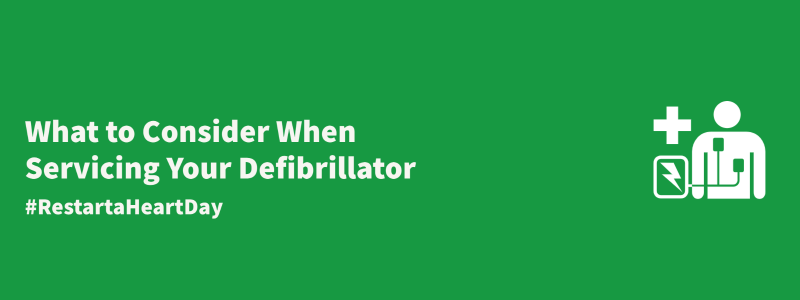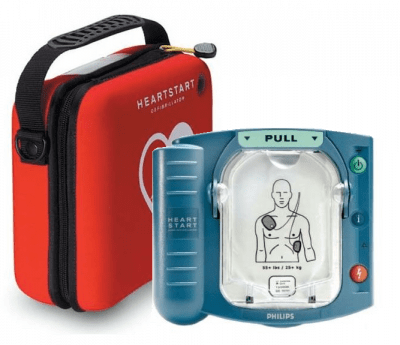Over the last decade or two defibrillators have become more commonplace across towns and cities within the U.K. Small pieces of kit that enable the user to shock the patients’ heart back to health, defibrillators are lifesaving and still not as frequently found as they should be. Campaigns from such organisations as the Oliver King Foundation and the Community Heartbeat Trust push for them to always be within quick distance from where people live, work and shop. While defibrillators are more common, people are still unsure about the subject of defibrillator servicing.
With the increase in popularity, defibs have become frequent purchases for many different types of businesses, from supermarkets, office spaces and more. And while this is obviously great news, it then becomes imperative that these machines are kept in working order and maintained to the highest standard. A defibrillator in good working order could be the difference between life and death.
With this being said, it is important for people to understand what needs to be done to ensure their AED defibrillators are in good working order.
Checking Your Machine
Your defibrillator machine should be in good working order at all times. This is to ensure that it is working in case the worst should ever happen. To do this, check over the outer casing and make sure there is no obvious damage to the kit. This is the first step in checking for surface damage.
Display Check
Your defibrillator will automatically complete its own basic checks to ensure power is on and the display is in correct working order. These will be done at least every month, maybe more. But checking the display yourself is important. There could easily be a fault that hasn’t been detected but you don’t know about, or a battery issue that has caused the machine to switch off.
Full Working Check
Full working checks of your defib should be done regularly, but these can not be done by you. You should look to a professional engineer as they will be able to identify faults and issues with your defibrillator that you won’t be able to.
Defibrillator Servicing Points to Consider
While you may have regular maintenance checks of your machine, you may still need your defibrillator servicing. There are some important points to consider other than the day-to-day workings of your defib.
One of the key things to consider is how old your AED is. AED batteries have a shelf life, often between 2 and 5 years. While your battery will need replacing then, the machine may also need replacing. This is to ensure that you have access to a working defibrillator regardless of whether it has been used before.
It is worth think about where your defibrillator is in relation to the people who may use it. Height, which floor it is on, and accessibility should all be factored in to where its availability is. If most people can’t access it, it becomes pointless.
Being able to access these incredible machines could be the difference between life and death. Ensuring they are available and in good working order could be invaluable to someone in your workplace. For more information on a new defib, you can see our full Defibrillators & AED range that are in stock and ready for dispatch.
Back

